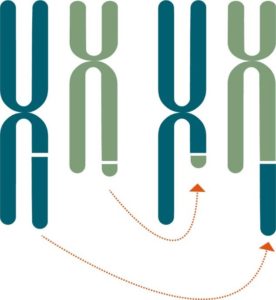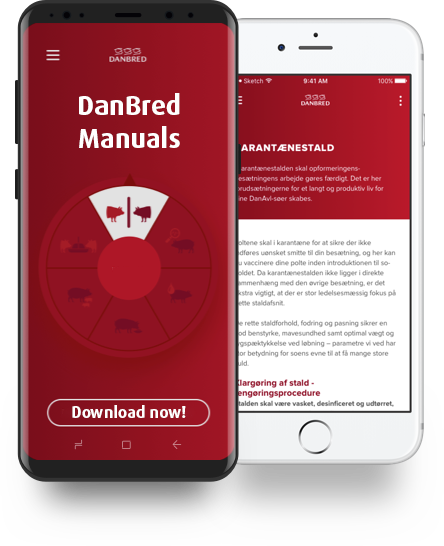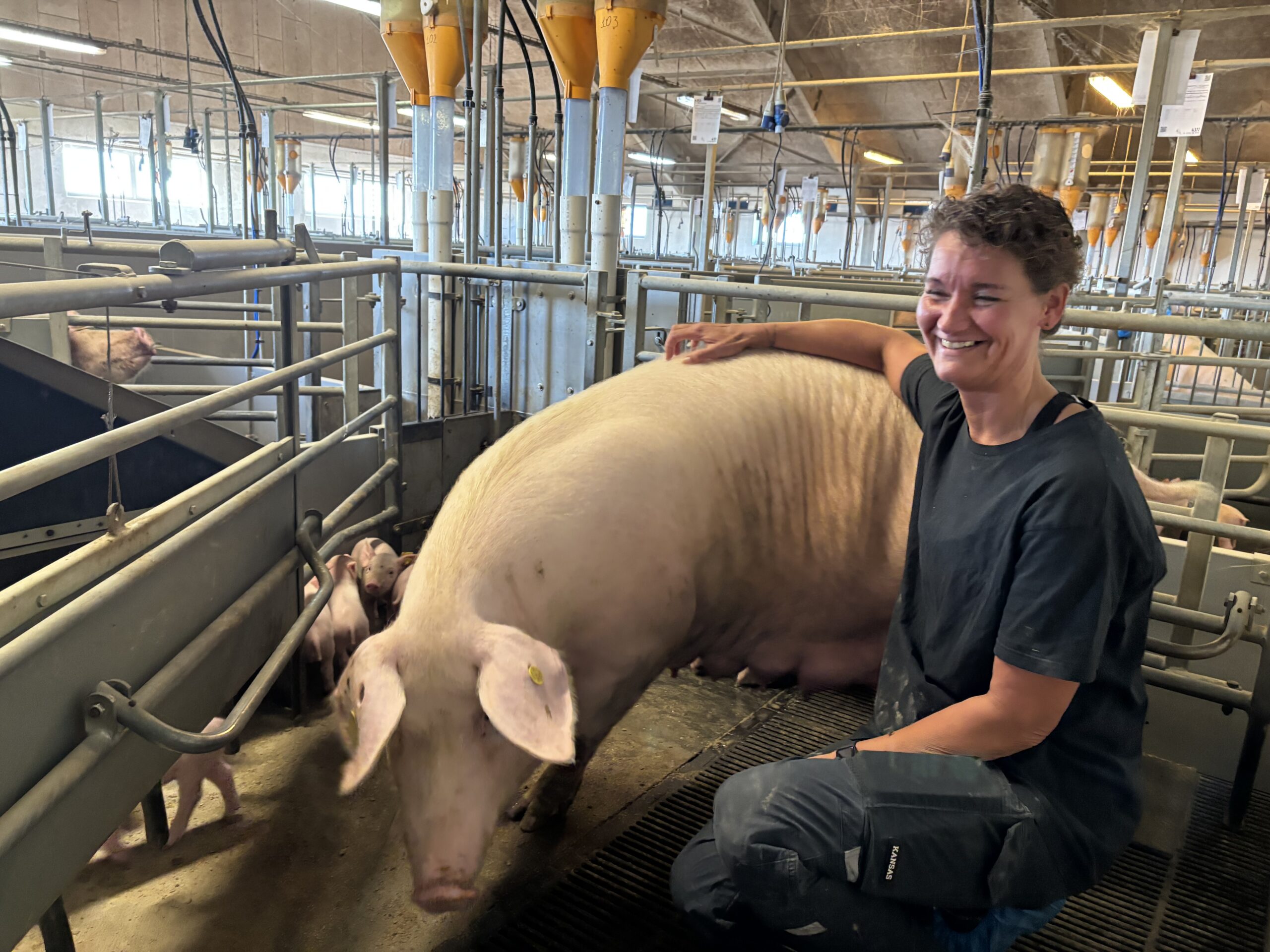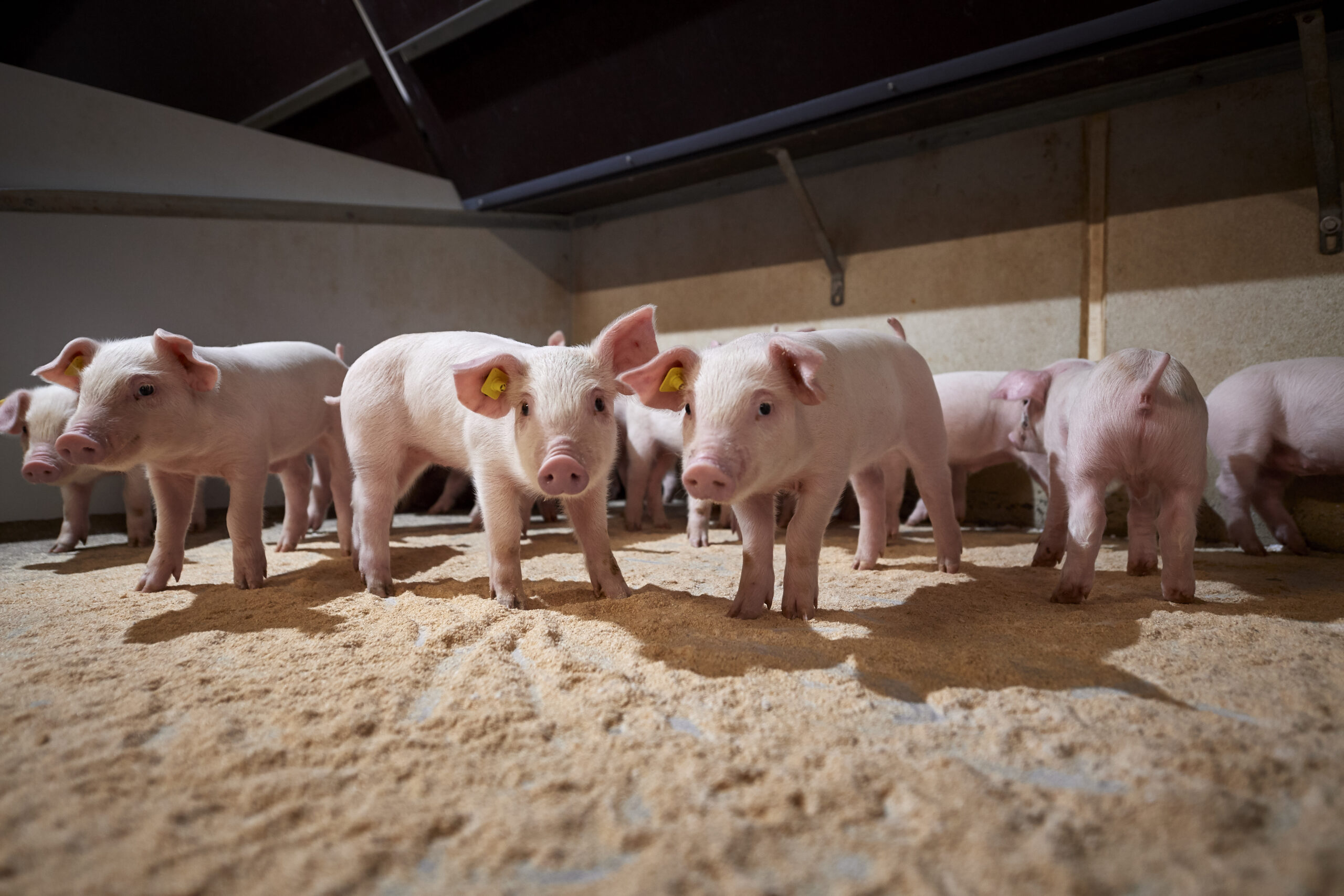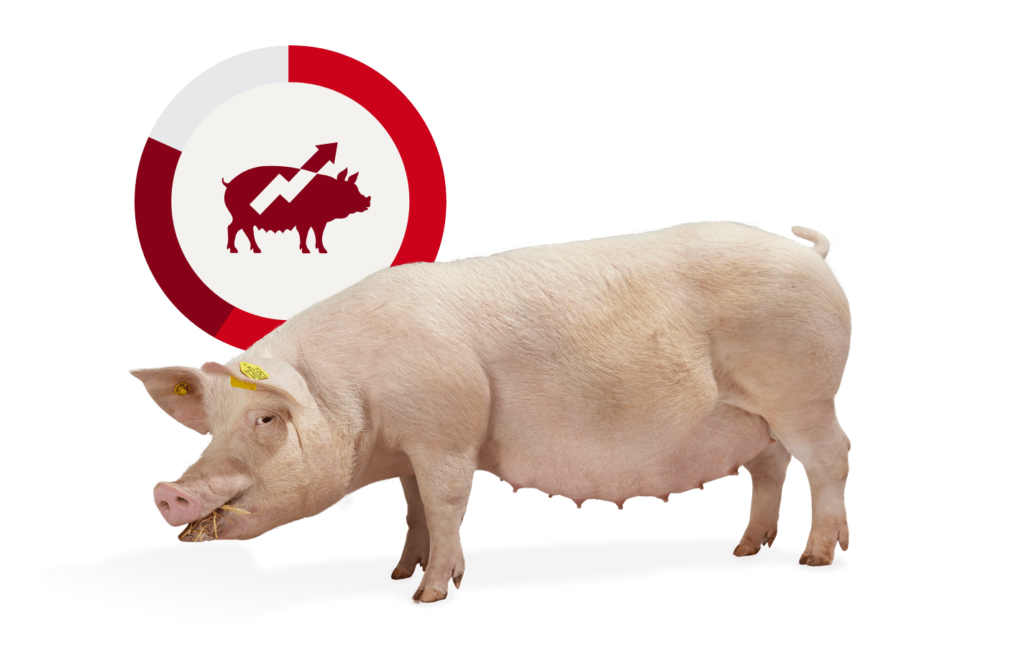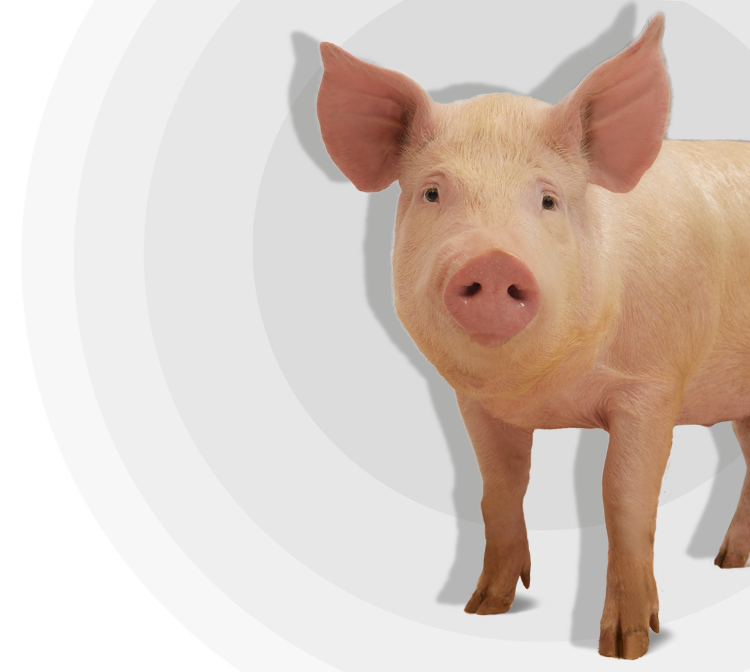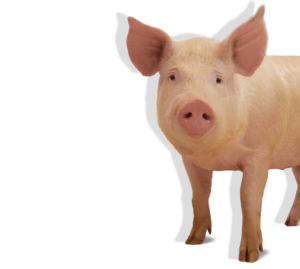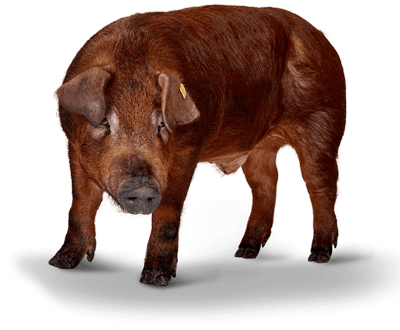During the formation of egg and sperm cells, or the separation of chromosomes immediately after conception, errors might occur This applies to humans as well as pigs. Such errors might influence fertility. Thus, the Danish Pig Research Centre (DPRC) has developed and implemented a sophisticated data-based model in the DanBred Breeding Programme to minimise the risk of chromosomal defects. This model is Integrated in the selection for the trait ‘Male fertility’ in DanBred Duroc and the trait ‘LP5’ (Live piglets on day 5 after farrowing) in DanBred Landrace and DanBred Yorkshire.
In all mammals, humans and pigs included, the body consists of trillions of cells. Within these cells, there are genes which are necessary for the body functions. These genes are encoded in the DNA that are coiled into structures called chromosomes. Genes play a vital part in the DanBred Breeding Programme which ensures the best genetics, not only in the breeding nucleus but also in production herds.
“For instance, some pigs carry genes that promote their daily weight gain, their ability to survive, or their fertility in comparison to other pigs. The essence of the DanBred Breeding Programme is to continuously mate the pigs with the best genes to improve these traits for all future generations. However, in some in-stances, chromosomal defects may occur when genes are passed on between generations. This applies to pigs as well as human beings,” says Birgitte Ask, who is a Senior Scientist at the Danish Pig Research Centre (DPRC), which manages the research and development of the DanBred Breeding Programme.
Fertility is the goal
The risk of inherited chromosomal defects, such as the so-called translocations, may be reduced substantially. In a French study, including several pig breeds, inherited translocations were estimated to appear in approximately one out of 200 normal functioning young purebred boars (0.5%). The prevalence in DanBred pigs is unknown. However, far from all translocations affect the fertility of pigs. Therefore, AI boars should not necessarily be culled just because a translocation has been detected.
“During the formation of germ cells, the chromosomes are segregated to pass on half of the gene pool to the offspring. In the earliest stage after conception, the chromosomes of the sow and boar fuse together, and their offspring inherits half of the genes from the dam and half from the sire. Occasionally, this fusion of the chromosomes is defective. A reciprocal translocation is a defect where parts of non-matching chromosomes are fused, so that, for example, a part of chromosome 7 is fused to chromosome 14 and vice versa. This may, sometimes, result in reduced fertility, but certainly not always,” says Birgitte Ask. Therefore, the DanBred Breeding Programme focuses on targeting translocations and other possible chromosomal defects that are malicious for fertility, whilst simultaneously maximising genetic gain.
– This data-based model ensures that we continue with only the best selection candidates in the DanBred Breeding Programme to achieve the highest possible genetic progress.
Birgitte Ask, Senior scientist, DPRC
Accurate testing is key
Accurate testing is key, Birgitte Ask emphasises: “There are at least two options to test for the presence of chromosomal defects such as translocations. The least costly method is karyotyping at a rate of at least 65€/animal. However, it is also a relatively inaccurate test, and it may show a chromosomal defect, which is in fact not there, or it may not detect actual defects. It is, therefore, risky to only use karyotyping as criteria for the final approval of an AI boar. The alternative method (FISH test) is by far more accurate, but also expensive at a rate of at least 270€/animal. Therefore, for economic reasons alone, this is not a feasible solution in a commercial breeding programme with thousands of potential AI boars annually,” states Birgitte Ask.
”Most importantly, both tests incorporate the risk of culling top breeding boars with no problematic translocations – and thereby risk losing genetic progress. Instead, we have developed a data-based model that protects us from any chromosomal defects with detrimental effects on fertility,” says Birgitte Ask.
Data-driven progress
To protect the DanBred Breeding Programme from any detrimental chromosomal defects, a sophisticated data-based model was developed and integrated in the selection for the trait ‘Male fertility’ in DanBred Du-roc in 2015 and for the trait LP5 (live piglets on day 5 after farrowing) in DanBred Landrace and DanBred Yorkshire in 2016. Birgitte Ask reveals how the data-based model works:
“In order to identify boars or sows with a translocation detrimental to fertility, we investigate their estimated breeding values for the traits male fertility and LP5. If the breeding value is substantially lower than expected, i.e. lower than what might be caused by random fluctuations, then this is a clear indication of chromosomal defects being the cause. Consequently, the animal will become irrelevant for the breeding nucleus, and its entire offspring will be equally irrelevant as selection candidates for the next generation. This way, we can prevent chromosomal defects in AI boars that would have otherwise been detrimental to reproduction results in production herds. Moreover, we can prevent the passing on of detrimental chromosomal defects to future generations,” says Birgitte Ask.
“This data-based model ensures that we continue with only the best selection candidates in the DanBred Breeding Programme to achieve the highest possible genetic progress,” Birgitte Ask concludes.
|
What are translocations? During the formation of gametes and in the earliest stage after conception, the chromosomes first segregate within the gametes, and then when joined, the chromosomes from the boar and the sow fuse together. Thereby, the offspring inherit half of their mother’s and half of their father’s genes. However, in a few cases the segregation or fusion is imperfect. Part of one chromosome, say chromosome 1, may be swapped with part of another chromosome, say chromosome 7. In some cases, though not all, such a translocation results in some genes no longer being expressed correctly, which may ultimately lead to reduced fertility. |
